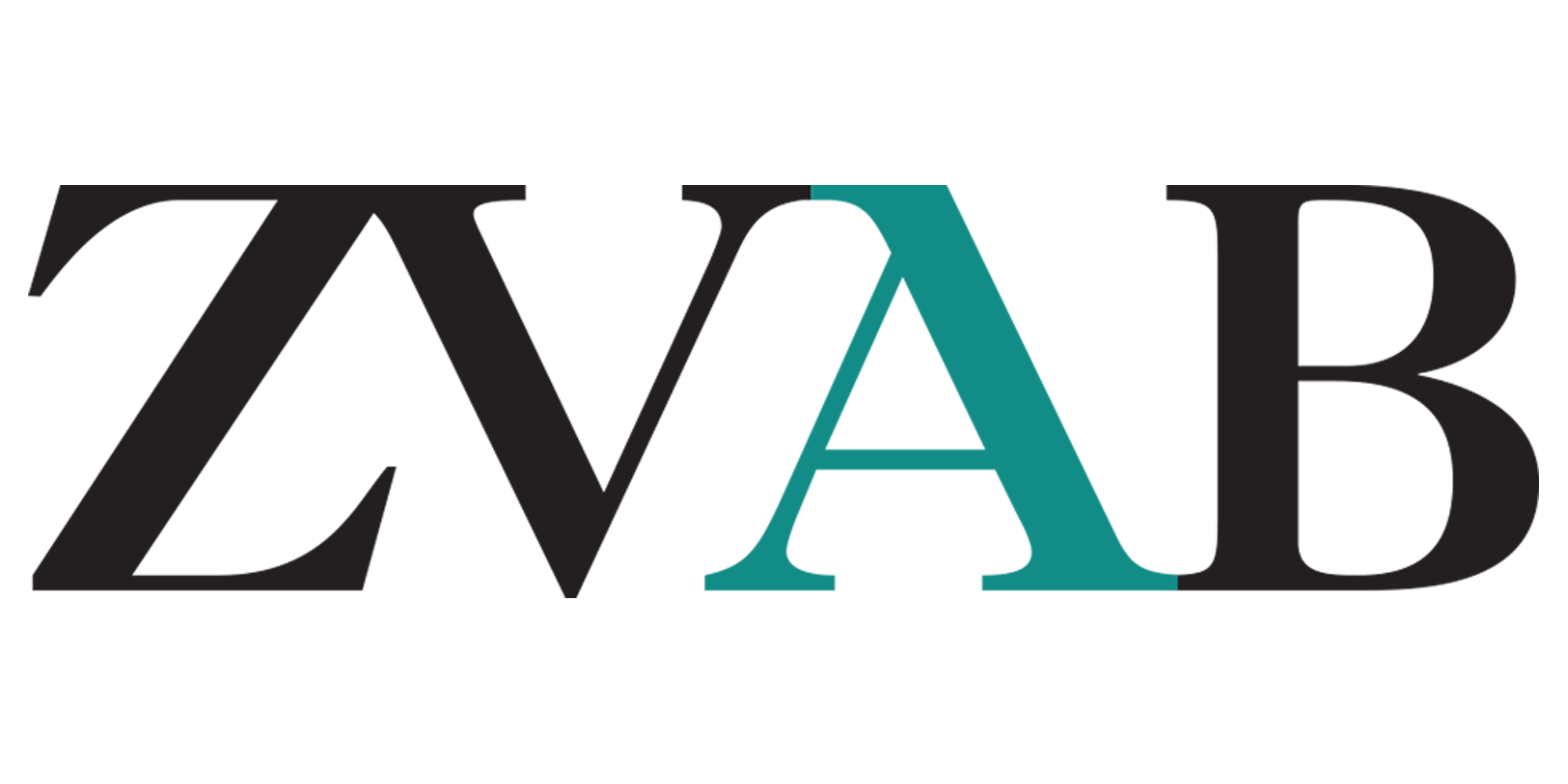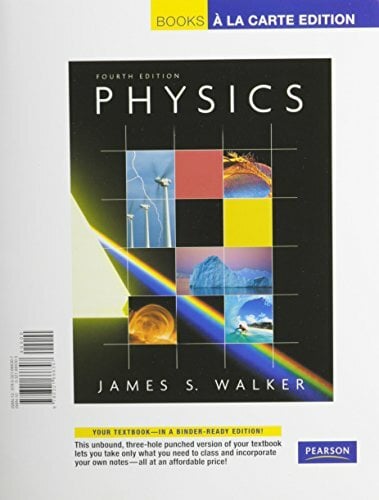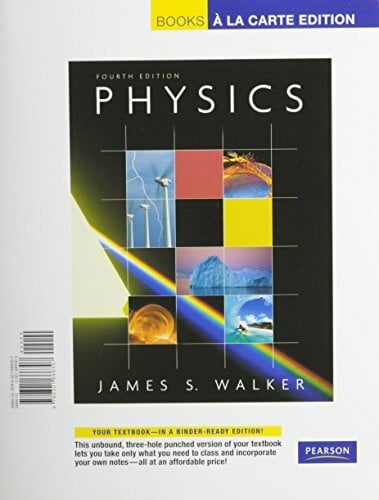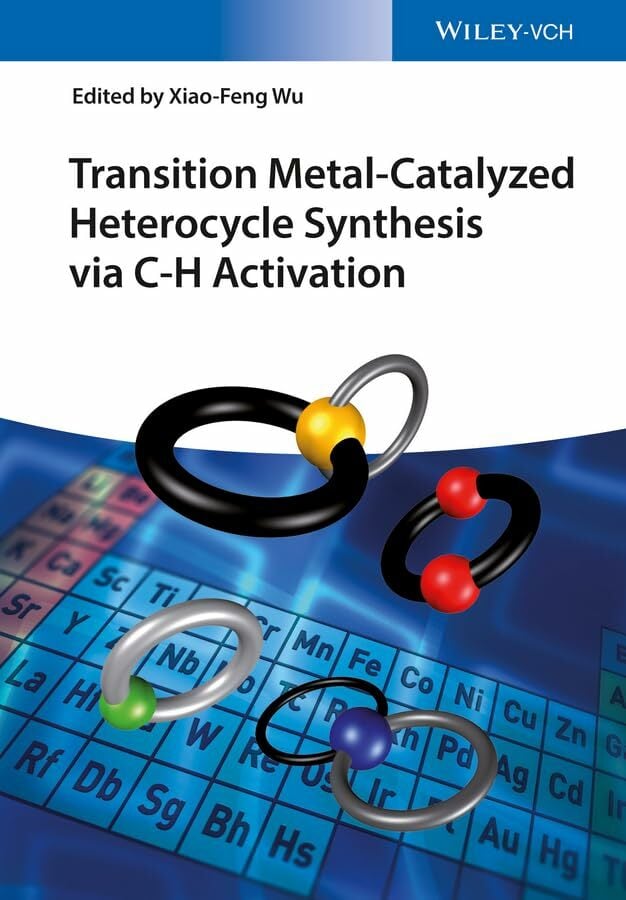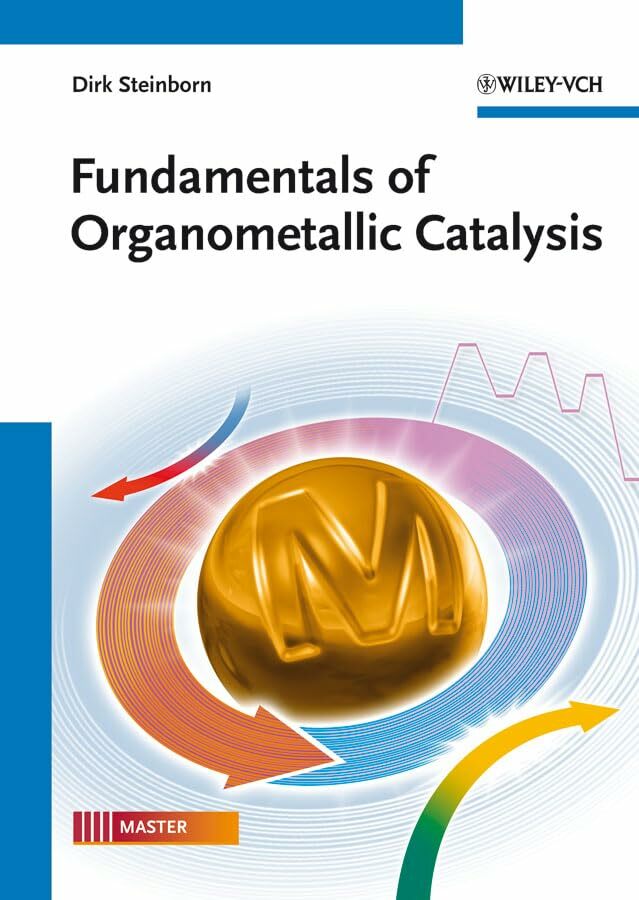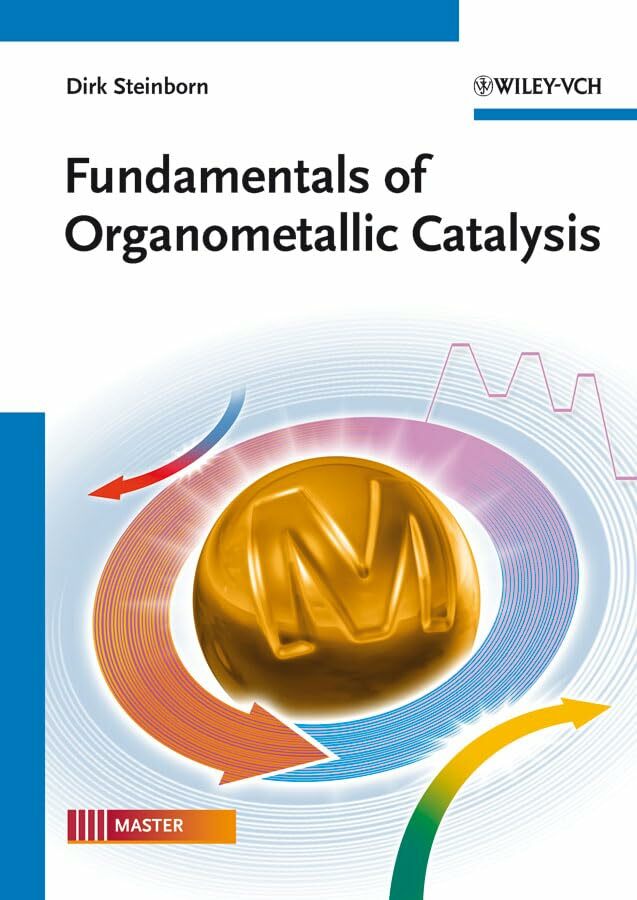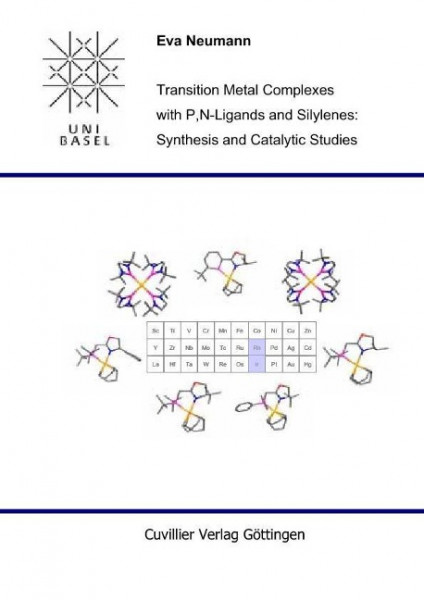
Transition Metal Complexes with P,N-Ligands and Silylenes: Synthesis and Catalytic Studies
Kurzinformation
inkl. MwSt. Versandinformationen
Artikel zZt. nicht lieferbar
Artikel zZt. nicht lieferbar

Beschreibung
The term ligand (latin, ligare = bind) has its origin in coordination chemistry. It denotes a molecule that is able to bind to a metal center in most cases via one or several free electron pairs.(1) Ligands can be described by the number of electron-pair donor atoms as monodentate, bidentate, tridentate etc. ligands. The latter are also called chelating ligands (greek, chele = (crab¿s) claw). A typical classification of ligands is according to their electronic properties. They serve either as a ?-donating, ?-donating/?-accepting, or ?,?-donating/?-accepting ligands.(2) A more practical, often encountered approach is the classification of ligands according to their donor atoms, especially when larger molecules and molecules containing heteroatoms are regarded (compare 1.2). Coordination chemistry was already established in the 19th century. In 1893 Alfred Werner suggested an octahedral arrangement of ligands coordinated to a central metal ion for many compounds. This explained, for example, the appearance and reactivity of four different cobalt(III) complexes (Figure 1.1), when CoCl2 is dissolved in aqueous ammonia and then oxidized by air to the +3 oxidation state. The formulas of these complexes can be written as depicted in Figure 1.1. Werner¿s work was rewarded with the Nobel prize in 1913.(3)
Produktdetails

So garantieren wir Dir zu jeder Zeit Premiumqualität.
Über den Autor

- hardcover
- 336 Seiten
- Erschienen 1995
- Springer

- Gebunden
- 445 Seiten
- Erschienen 2012
- Springer

- hardcover
- 384 Seiten
- Erschienen 2012
- Wiley

- Kartoniert
- 392 Seiten
- Erschienen 2012
- Wiley-VCH

- Gebunden
- 400 Seiten
- Erschienen 2010
- Springer
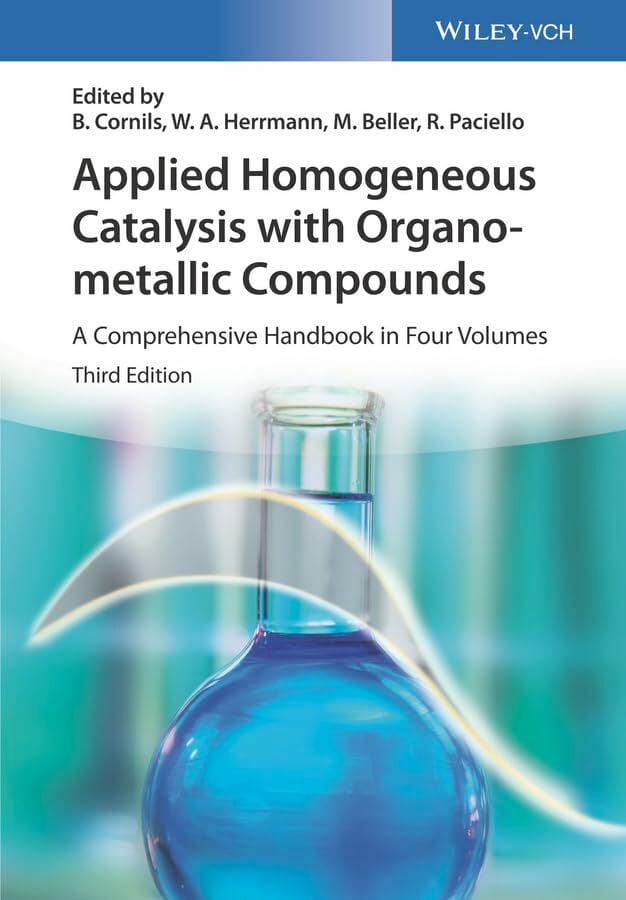
- Gebunden
- 1872 Seiten
- Erschienen 2017
- Wiley-VCH

- hardcover
- 287 Seiten
- Erschienen 2015
- Wiley-VCH
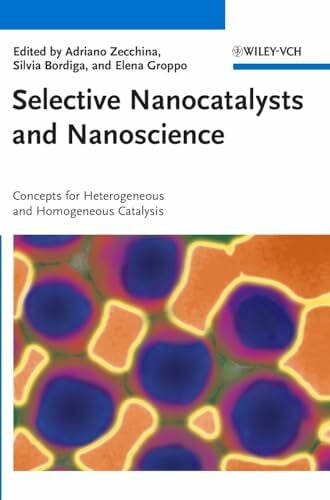
- Gebunden
- 332 Seiten
- Erschienen 2011
- Wiley-VCH
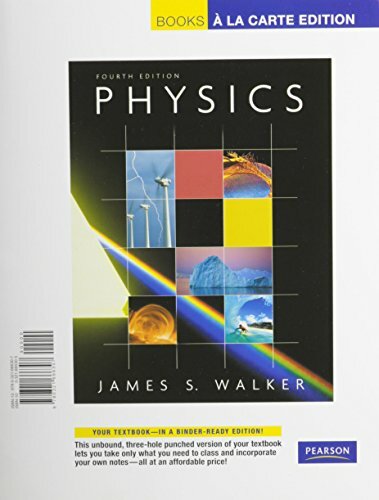
- hardcover
- 408 Seiten
- Erschienen 2013
- Wiley-VCH

- Gebunden
- 590 Seiten
- Erschienen 2017
- Wiley-VCH

- paperback
- 366 Seiten
- Erschienen 2020
- Springer
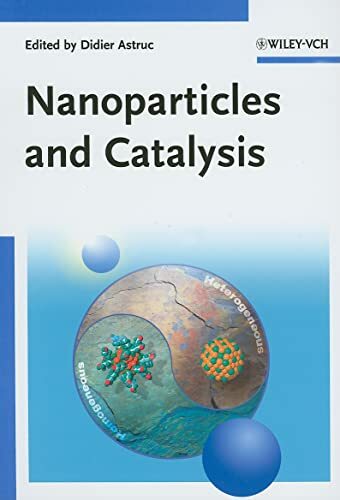
- Gebunden
- 663 Seiten
- Erschienen 2007
- Wiley-VCH

- Gebunden
- 542 Seiten
- Erschienen 2022
- Wiley-VCH
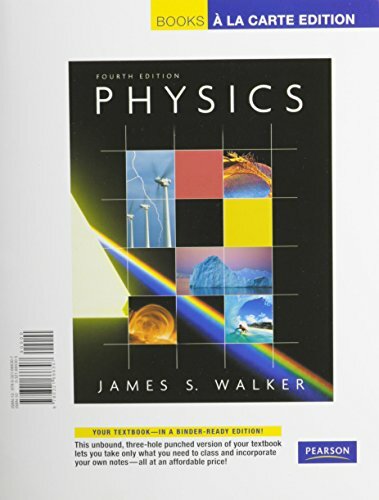
- Gebunden
- 496 Seiten
- Erschienen 2013
- Wiley-VCH

- Gebunden
- 300 Seiten
- Erschienen 2016
- Wiley-VCH

- Gebunden
- 376 Seiten
- Erschienen 2016
- Wiley-VCH
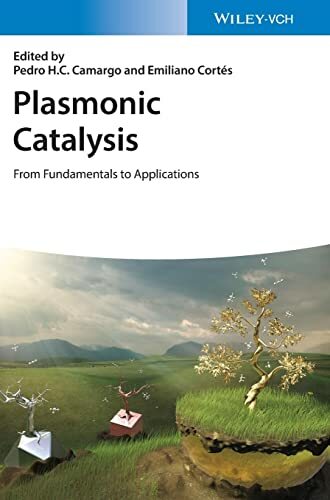
- Gebunden
- 334 Seiten
- Erschienen 2021
- Wiley-VCH
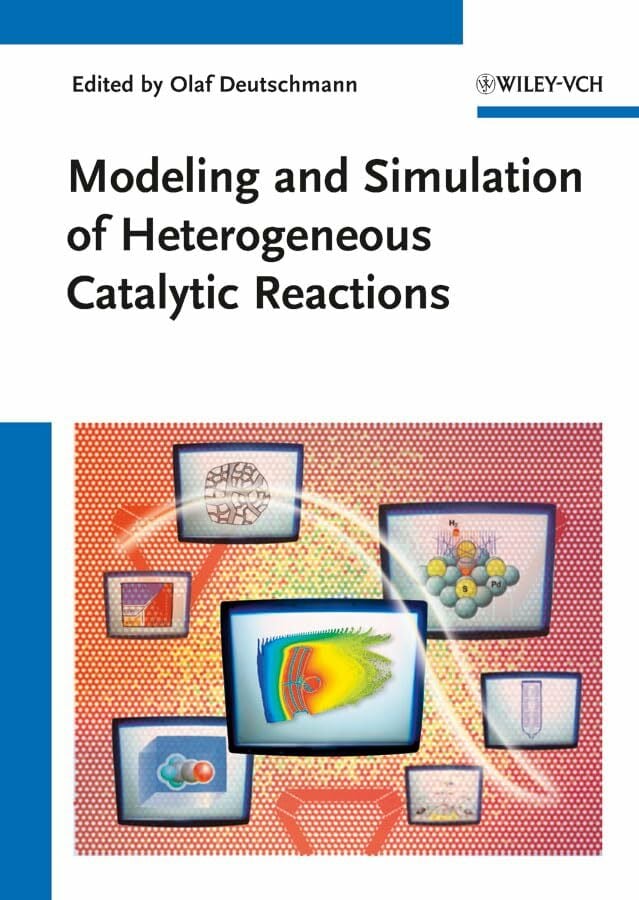
- Gebunden
- 354 Seiten
- Erschienen 2011
- Wiley-VCH

- Gebunden
- 437 Seiten
- Erschienen 2021
- Wiley-VCH
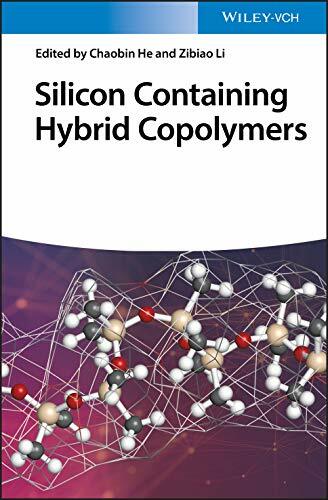
- Gebunden
- 268 Seiten
- Erschienen 2020
- Wiley-VCH





